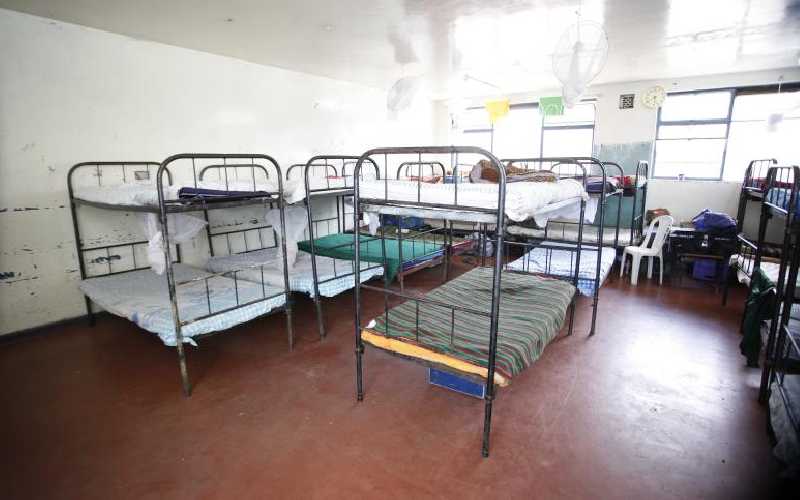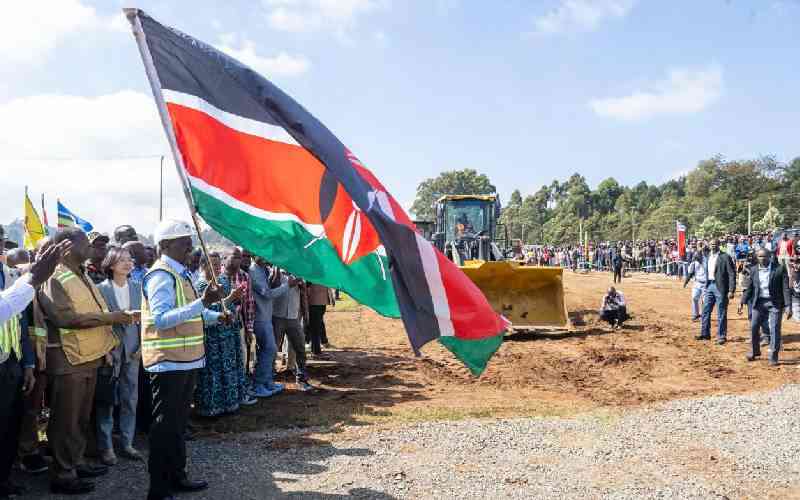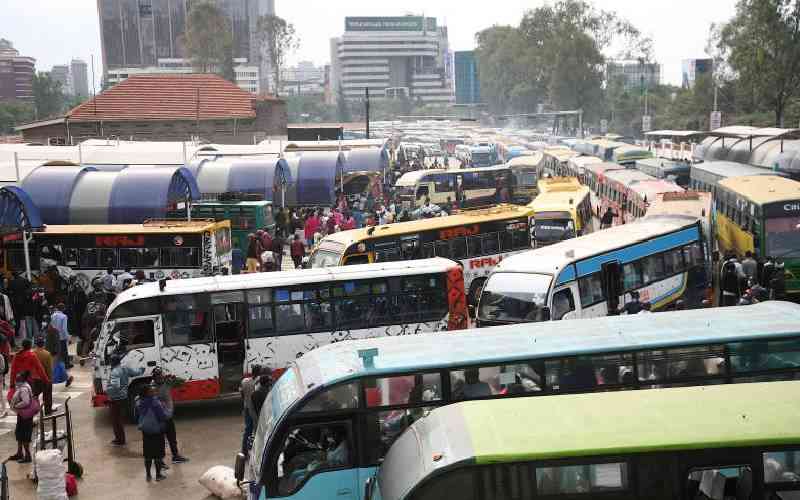×
The Standard e-Paper
Join Thousands of Readers

A file photo of a dormitory.
A recent clip of students at Buruburu Girls High School jumping through the windows due to a fire outbreak in one of their dormitories was chilling and is something we will talk about for a while.







